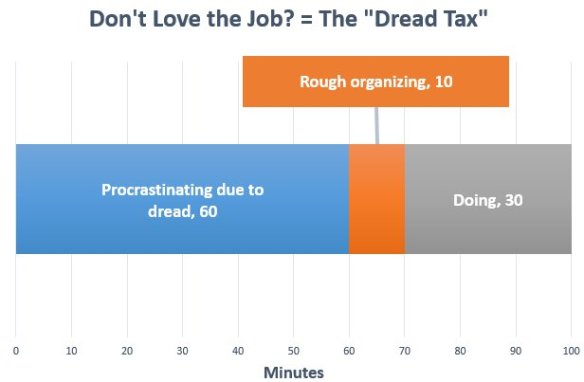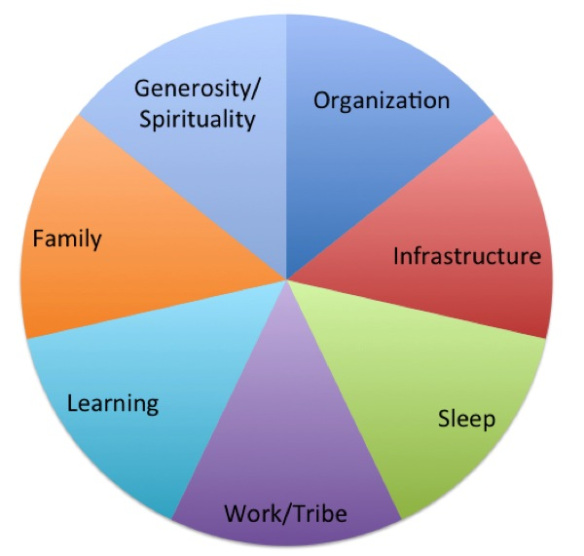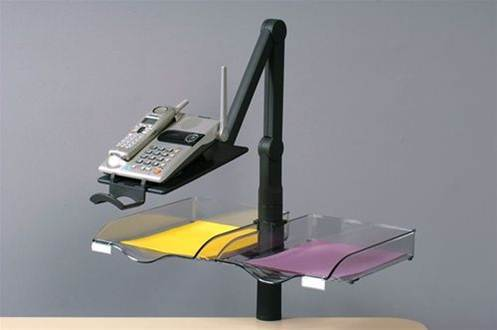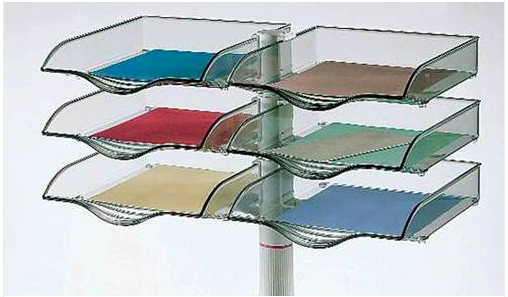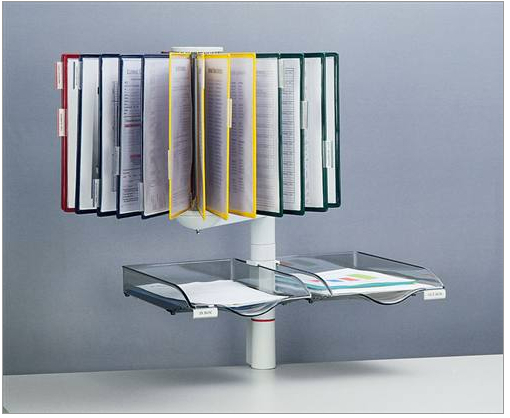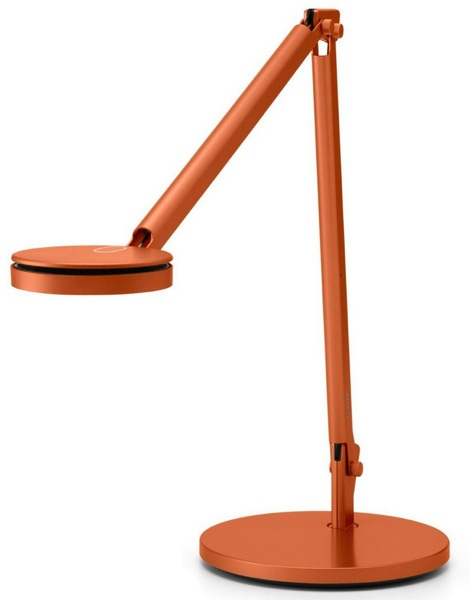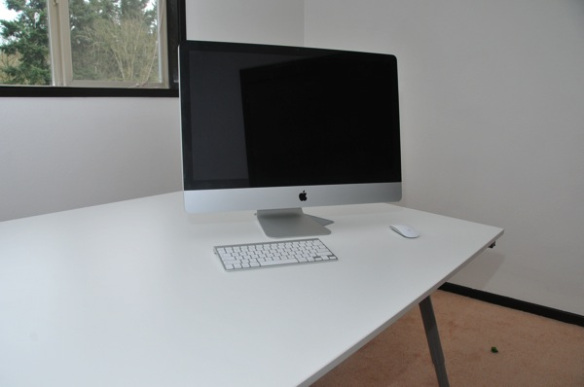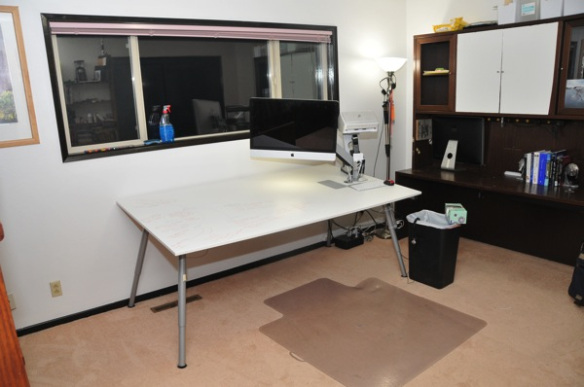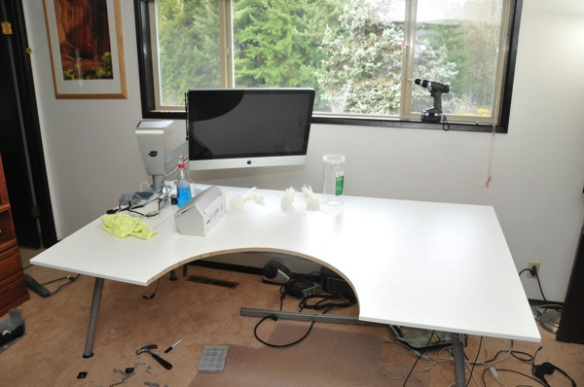GETTING THINGS DONE (hereafter GTD) has had a big impact on me. As witness, this post shows as much of the before/after GTD as I can articulate, it will evolve as I refine the post into enough detail to please visual learners (you know who you are John Nieberall!).
Question 1: What is GTD?
To my mind, GTD is a brain hack. GTD may look like a self help book, it may feel like a religious cult. But, GTD is an approach to organizing that helps you shop around for tools that allow productivity with a peacefulness.
GTD is important because life does not come with an owner’s manual that says “get organized in a sustainable high performance way.” So people go through school, work, phd programs (I did all three) and never spend a day getting organized beyond coping with the next deadline.
Here is the GTD architecture diagram taken from the PDF accompanying the Audible version of GTD:
Question 2: What did your life/office look like before GTD (circa 2009)?
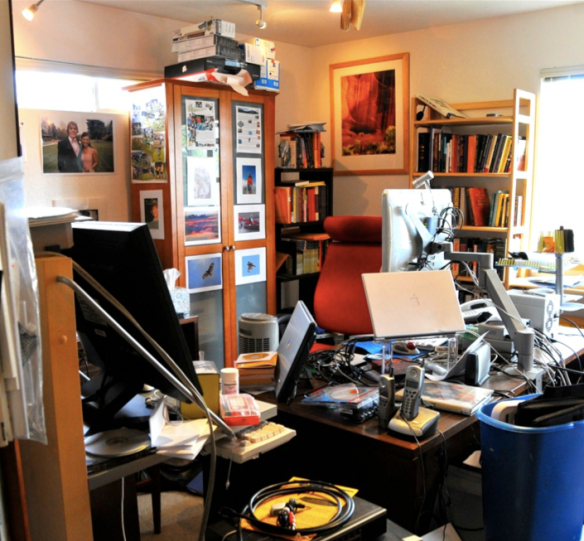
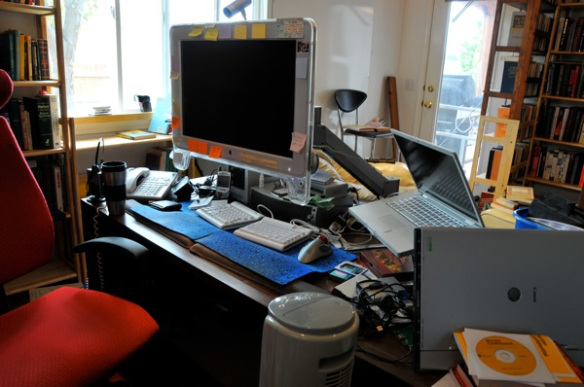
In the garage, I also had a 5 drawer horizontal filing cabinet with 94,000 pages of journal articles, research data, and miscellaneous documents that were too good to throw out but not good enough to use. Here is the filing cabinet in the garage next to the Y2K water barrel.
Question 3: What does your life/desk look like after GTD?
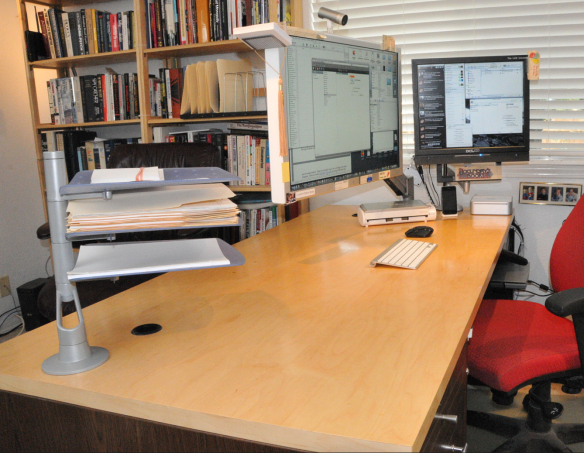
Note that this desk is: (1) large 6′ x 35″, (2) clutter free from the surface up 6″, (3) canted (the front edge is 1″ closer to the floor than the back edge. I will write more posts on desks and their requirements as taking back my desk was a key stepping stone for implementing GTD.
<<Aside>> the most up to date “after” desk picture is available in the Dungeon Desk post.
Next comes my physical filing system (Target totes) with 5″ book ends in the tote if there are not enough manilla folders to completely fill the tote:
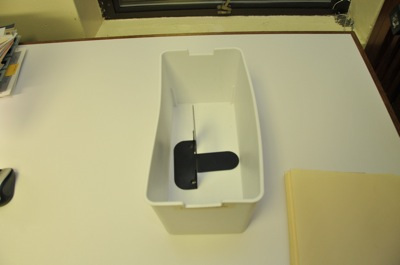
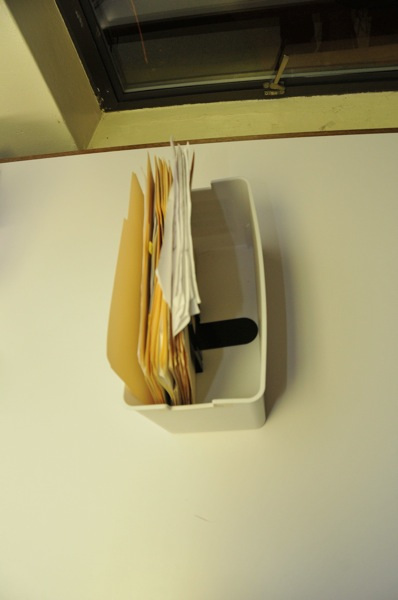
But, over the years, I’m using fewer and fewer of these totes, and shifting the vast majority of my projects into electronic formats. The reason for this is Evernote. Go buy Evernote. Do it. Do it now!
Nothing has helped me to stay on the GTD wagon more than Evernote. Makes it easier to file documents correctly, than to deal with the clutter, loss, and despair of messy papers.
So while before GTD had the 5 drawer horizontal file cabinet, after GTD I have a modified GTD system:
To get from paper to Evernote I raked through the 94,000 pages of paper in the file cabinet, and ask myself for each document “Will there ever be a next action for this document?” 80% of the documents were instant “No!” and they went straight into recycling. The 20% that were yes or maybe, were 17,500 pages which I scanned in a week on my Fujitsu ScanSnap.
Here is my annual capture of reference file information. The median monthly count of documents captured for the first three years of my using Evernote, is 65. For the most recent 3 years, the median is 164 documents per month.
Many of the documents I capture in evernote are web pages, the Evernote Webclipper and Evernote Clearly browser add ins have become indispensable for me. I’ve capture 3,336 documents via Web Clipper (to see how many you’ve captured type source:web.clip* in Evernote’s search box). The total for Clearly is 1,441 documents captured (source:clearly*). I use Web Clipper whenever I need to assign the notebook the document needs to be placed in.
Here is my cumulative Evernote document count over the 57 months I’ve been doing GTD. The jumps happen as I have scanned and recycled, as I Evernote has lifted limits on file sizes, as I’ve moved, and often, when I start a new job. I have 48 gigabytes of information in Evernote as of 2014/10/01. But I’ve paid just $45 a year, which has felt like rounding error. Nothing.
My final offering to the visual learner on Before/After GTD is a worksheet that covers more pieces of my system (GTDInfrastructureEvolution01b.xlsx):
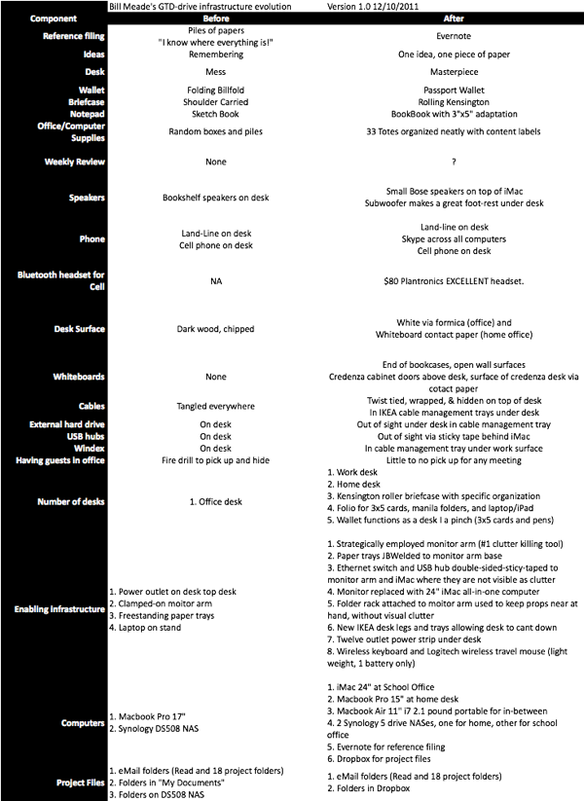
Here is a summary view of how I am doing GTD after 3 years:
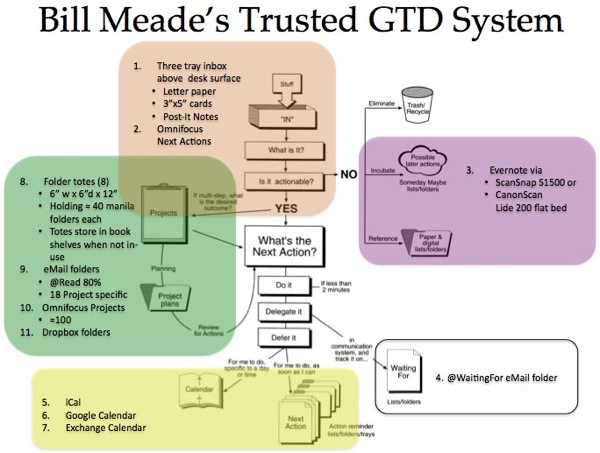
See also 5 years of subsequent GTD system evolution in GTD Time Lapse.
bill



